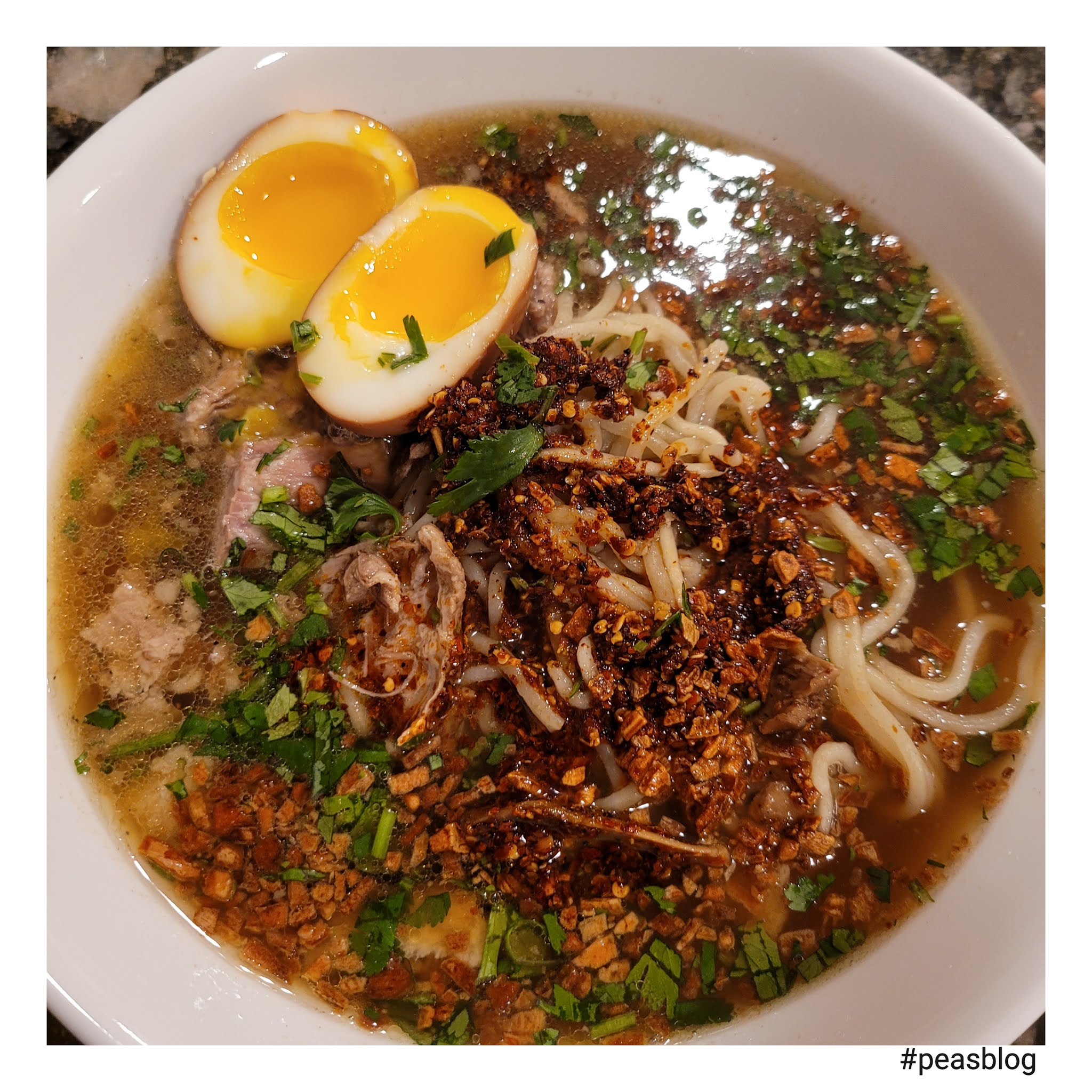Ramen Noodle Infection: Understanding, Prevention, And Treatment
Ramen noodle infection has become a concerning topic in recent years, particularly as the popularity of instant noodles continues to rise globally. These convenient meals are often consumed by people of all ages, making it essential to understand the potential health risks associated with them. In this article, we will delve into what ramen noodle infections are, their causes, symptoms, and most importantly, how to prevent and treat them effectively.
The rise in ramen noodle consumption, particularly among college students and busy professionals, has led to a greater incidence of health issues stemming from improper preparation and handling. Understanding the risks and knowing how to mitigate them can protect consumers from adverse health effects. This article will provide detailed insights into ramen noodle infections, covering various aspects from their biology to practical prevention strategies.
By the end of this article, you will have a comprehensive understanding of ramen noodle infections, including expert advice on how to stay safe while enjoying your favorite instant noodles. Let’s dive into the specifics of this increasingly relevant health topic.
Table of Contents
- What is Ramen Noodle Infection?
- Causes of Ramen Noodle Infection
- Symptoms of Ramen Noodle Infection
- Risk Factors for Ramen Noodle Infection
- Preventing Ramen Noodle Infection
- Treatment for Ramen Noodle Infection
- When to See a Doctor
- Conclusion
What is Ramen Noodle Infection?
Ramen noodle infection refers to the foodborne illnesses that can occur due to the consumption of contaminated instant noodles. While ramen noodles themselves are not inherently harmful, improper preparation, storage, or contamination can lead to bacterial growth, resulting in infections. Common pathogens associated with ramen noodle infections include Salmonella, E. coli, and Listeria.
Biological Basis of Ramen Noodle Infections
The biological basis of infections related to ramen noodles is often linked to the ingredients used in the noodles and the seasoning packets that accompany them. Several factors can contribute to the growth of harmful bacteria:
- Improper cooking temperatures
- Cross-contamination from other food sources
- Inadequate storage conditions
Causes of Ramen Noodle Infection
The primary causes of ramen noodle infections stem from various environmental and handling factors:
- Improper Cooking: Ramen noodles should be cooked at appropriate temperatures to kill any potential pathogens. Undercooking can leave harmful bacteria alive.
- Contaminated Water: Using contaminated water for cooking can introduce pathogens into the noodles.
- Expired Ingredients: Using expired noodles or seasoning packets can increase the risk of infection.
- Poor Hygiene Practices: Inadequate handwashing or unclean cooking surfaces can lead to cross-contamination.
Symptoms of Ramen Noodle Infection
Symptoms of ramen noodle infections can vary depending on the type of pathogen involved but generally include:
- Nausea
- Vomiting
- Diarrhea
- Abdominal cramps
- Fever
Symptoms typically appear within hours to a few days after consumption and can last for several days. In severe cases, dehydration may occur, requiring medical attention.
Risk Factors for Ramen Noodle Infection
Several risk factors can increase the likelihood of developing a ramen noodle infection:
- Age: Young children and the elderly are more susceptible to foodborne illnesses.
- Compromised Immune System: Individuals with weakened immune systems are at higher risk.
- Improper Food Handling: Poor hygiene and unsafe food practices can lead to infections.
Preventing Ramen Noodle Infection
Preventing ramen noodle infections involves a combination of proper food handling and cooking practices:
- Cook Thoroughly: Ensure noodles are cooked at the proper temperature.
- Use Clean Water: Always use clean, potable water for cooking.
- Check Expiry Dates: Avoid using expired products.
- Hygiene Practices: Wash hands, utensils, and surfaces before and after handling food.
Treatment for Ramen Noodle Infection
Treatment for ramen noodle infections typically focuses on symptom management:
- Hydration: Drink plenty of fluids to prevent dehydration.
- Rest: Allow your body to recover by getting adequate rest.
- Over-the-Counter Medications: Medications may be used to relieve symptoms such as nausea and diarrhea.
In severe cases, medical intervention may be necessary, especially for those who experience prolonged symptoms or dehydration.
When to See a Doctor
It is important to seek medical attention if you experience:
- High fever (over 101°F or 38.3°C)
- Severe abdominal pain
- Dehydration symptoms (e.g., dry mouth, dizziness)
- Symptoms lasting more than three days
Conclusion
In summary, understanding ramen noodle infections is crucial for anyone who enjoys these convenient meals. By following safe food handling and cooking practices, individuals can significantly reduce their risk of infection. If you experience symptoms of a ramen noodle infection, it is important to manage your symptoms and seek medical attention if necessary. Stay informed and enjoy your ramen noodles safely!
We encourage you to leave a comment below, share this article with others, or explore more resources on food safety and health topics on our website.
Thank you for reading! We hope to see you back soon for more informative articles.
Corporal Desmond Doss: The Unwavering Faith Of A Conscientious Objector
What Ramen Is Recalled? Understanding The Recent Ramen Recalls And Their Implications
Gypsy Rose Crime Scene Photos: A Deep Dive Into The Case


